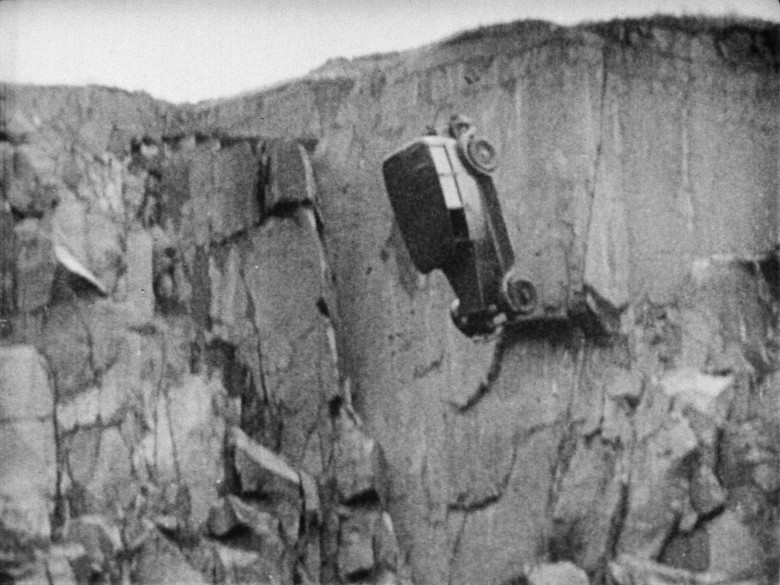 Music: “The Pines of the Villa Borghese,” “Pines Near a Catacomb,” and “The Pines of the Appian Way,” movements from Pines of Rome (1923–24)
Composed by Ottorino Respighi, performed by the NBC Symphony, conducted by Arturo Toscanini
Music: “The Pines of the Villa Borghese,” “Pines Near a Catacomb,” and “The Pines of the Appian Way,” movements from Pines of Rome (1923–24)
Composed by Ottorino Respighi, performed by the NBC Symphony, conducted by Arturo ToscaniniCourtesy of Sony Masterworks/RCA Records
With A MOVIE (1958), Conner launched a lifelong celebration of moving images alongside his other artistic practices of collage, assemblage, drawing and photography. He reconceived midcentury notions of cinema itself, as A MOVIE simultaneously explores the very nature of cinema and montage in the modern era. Comprised of discarded 16mm films purchased at flea markets or scavenged from camera shops, A MOVIE has been described by many as the first contemporary “found footage film.” Conner crafted this work with care and absolute precision, qualities that would define his entire oeuvre in diverse media. A MOVIE orchestrates a virtual symphony of disasters, car crashes, explosions, war, famine, as well as serene moments of grace—a tightrope act, a plane floating through clouds, light reflected on water. Although seemingly random in its sequence of imagery, A MOVIE abstractly yet deftly moves the viewer through a wide range of human experience and emotion.
With Respighi’s “Pines of Rome” as the soundtrack to A MOVIE, Conner established a visual poetry that combines music and image. Conner would refine this marriage of sight and sound over the next several decades in other films and lay the groundwork for the music video we know today.
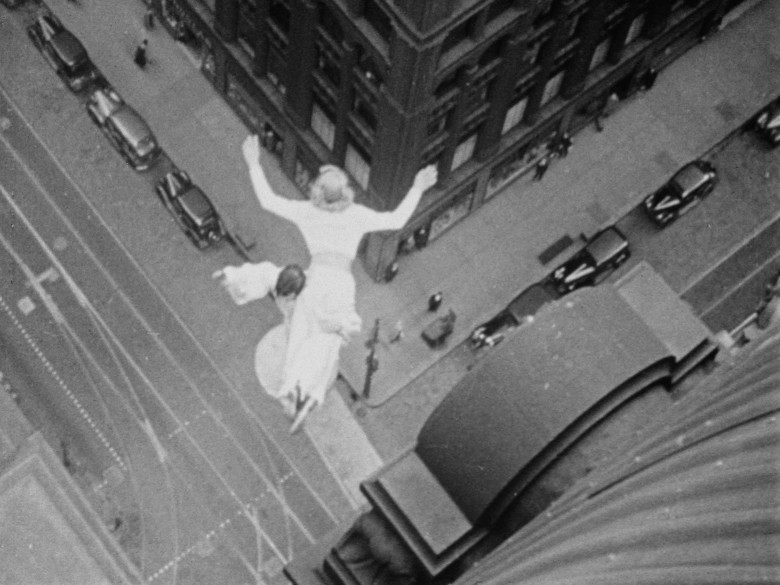
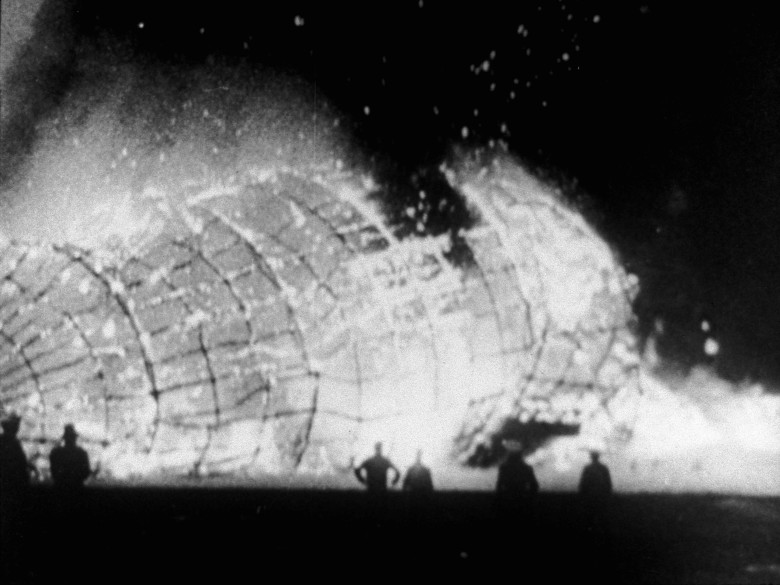
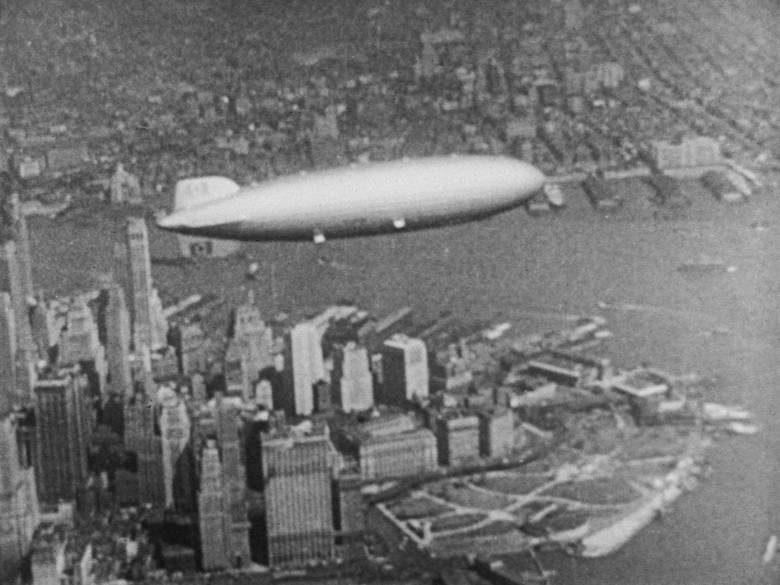
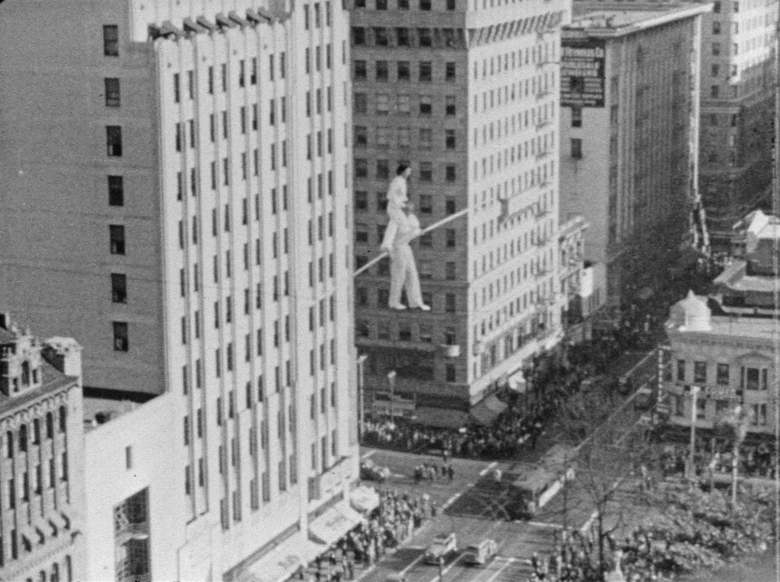
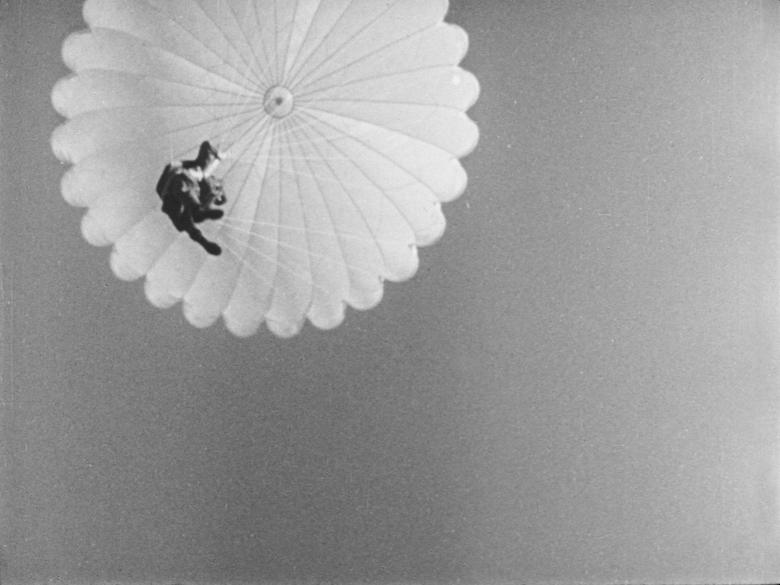
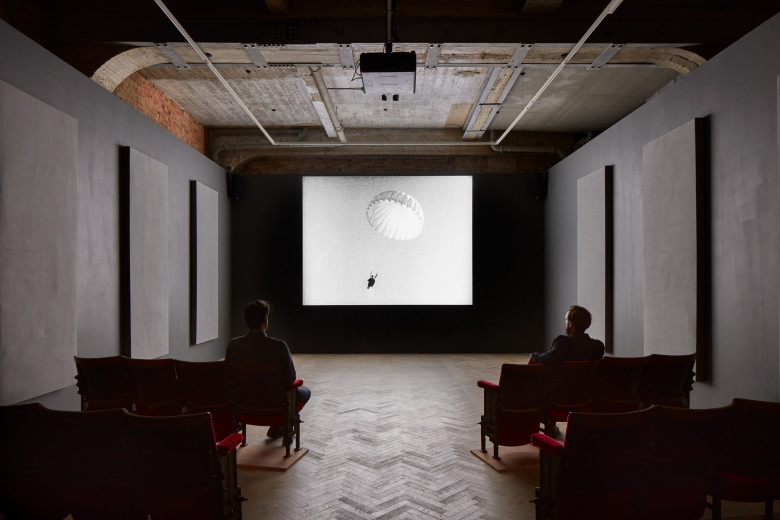
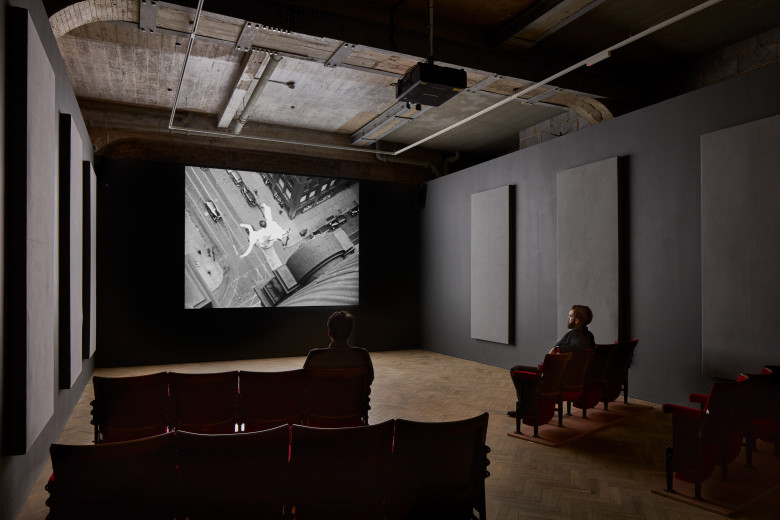
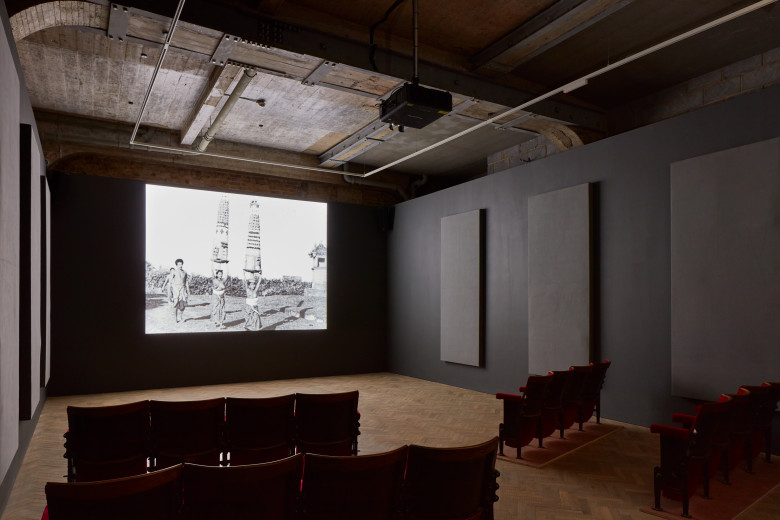
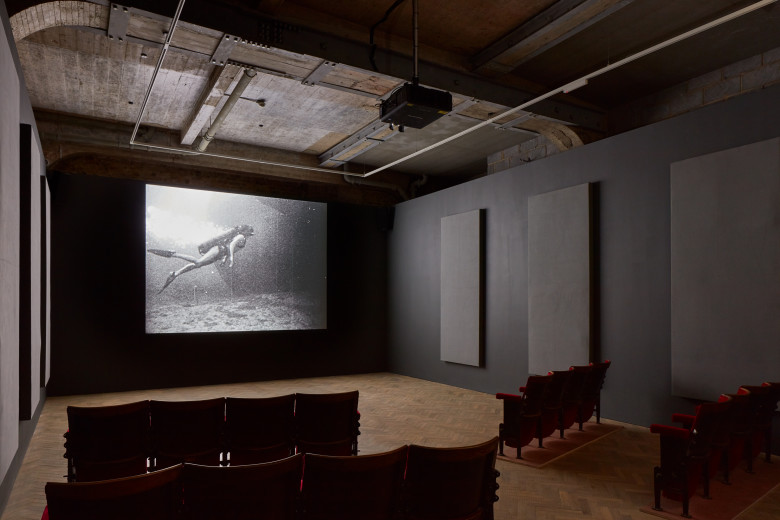
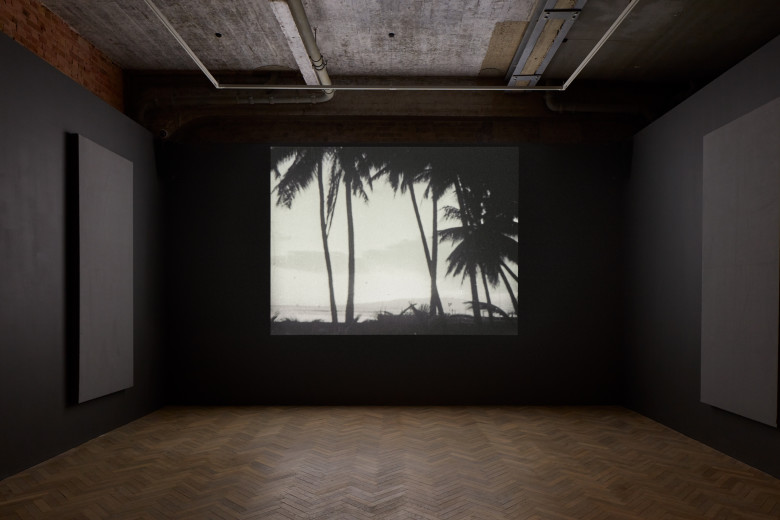
Bruce Conner
A MOVIE, 195816mm to 35mm blow-up, b&w/sound, 12 min
16mm to 35mm blow-up, b&w/sound, 12 min
Digitally Restored, 2016
Music: "The Pines of the Villa Borghese", "Pines Near a Catacomb", and "The Pines of the Appian Way", movements from Pines of Rome (1923-24), composed by Ottorino Respighi, performed by the NBC Symphony, conducted by Arturo Toscanni, Courtesy of Sony Masterworks/RCA Records
Music: "The Pines of the Villa Borghese", "Pines Near a Catacomb", and "The Pines of the Appian Way", movements from Pines of Rome (1923-24), composed by Ottorino Respighi, performed by the NBC Symphony, conducted by Arturo Toscanni, Courtesy of Sony Masterworks/RCA Records
Music: “The Pines of the Villa Borghese,” “Pines Near a Catacomb,” and “The Pines of the Appian Way,” movements from Pines of Rome (1923–24)
Composed by Ottorino Respighi, performed by the NBC Symphony, conducted by Arturo Toscanini
Courtesy of Sony Masterworks/RCA Records
With A MOVIE (1958), Conner launched a lifelong celebration of moving images alongside his other artistic practices of collage, assemblage, drawing and photography. He reconceived midcentury notions of cinema itself, as A MOVIE simultaneously explores the very nature of cinema and montage in the modern era. Comprised of discarded 16mm films purchased at flea markets or scavenged from camera shops, A MOVIE has been described by many as the first contemporary “found footage film.” Conner crafted this work with care and absolute precision, qualities that would define his entire oeuvre in diverse media. A MOVIE orchestrates a virtual symphony of disasters, car crashes, explosions, war, famine, as well as serene moments of grace—a tightrope act, a plane floating through clouds, light reflected on water. Although seemingly random in its sequence of imagery, A MOVIE abstractly yet deftly moves the viewer through a wide range of human experience and emotion.With Respighi’s “Pines of Rome” as the soundtrack to A MOVIE, Conner established a visual poetry that combines music and image. Conner would refine this marriage of sight and sound over the next several decades in other films and lay the groundwork for the music video we know today.
Composed by Ottorino Respighi, performed by the NBC Symphony, conducted by Arturo Toscanini
Courtesy of Sony Masterworks/RCA Records
With A MOVIE (1958), Conner launched a lifelong celebration of moving images alongside his other artistic practices of collage, assemblage, drawing and photography. He reconceived midcentury notions of cinema itself, as A MOVIE simultaneously explores the very nature of cinema and montage in the modern era. Comprised of discarded 16mm films purchased at flea markets or scavenged from camera shops, A MOVIE has been described by many as the first contemporary “found footage film.” Conner crafted this work with care and absolute precision, qualities that would define his entire oeuvre in diverse media. A MOVIE orchestrates a virtual symphony of disasters, car crashes, explosions, war, famine, as well as serene moments of grace—a tightrope act, a plane floating through clouds, light reflected on water. Although seemingly random in its sequence of imagery, A MOVIE abstractly yet deftly moves the viewer through a wide range of human experience and emotion.With Respighi’s “Pines of Rome” as the soundtrack to A MOVIE, Conner established a visual poetry that combines music and image. Conner would refine this marriage of sight and sound over the next several decades in other films and lay the groundwork for the music video we know today.
9
of 9
